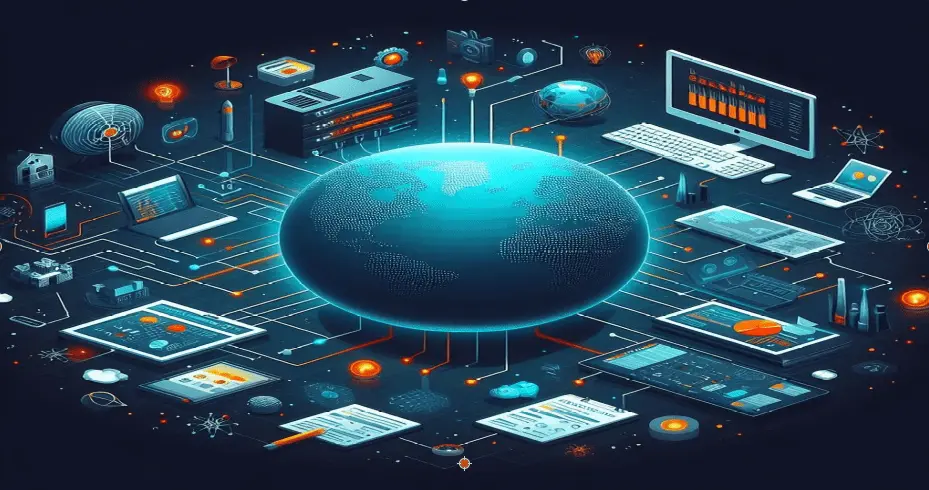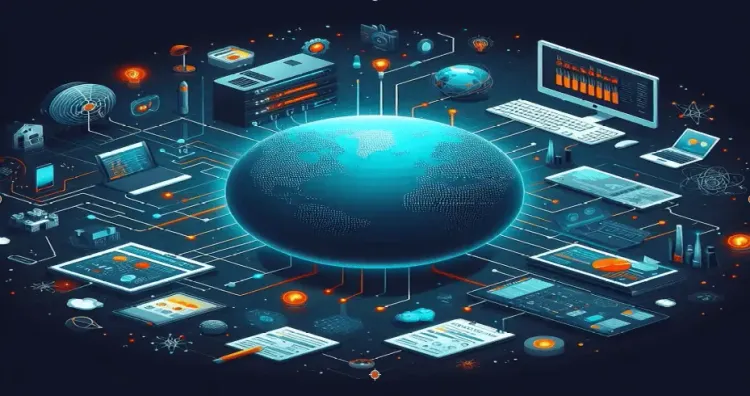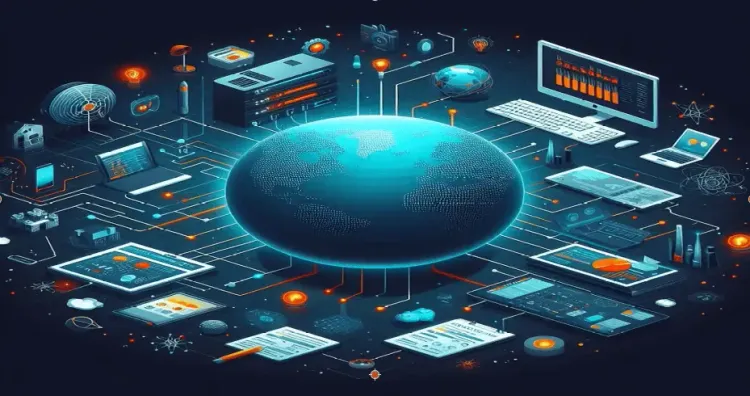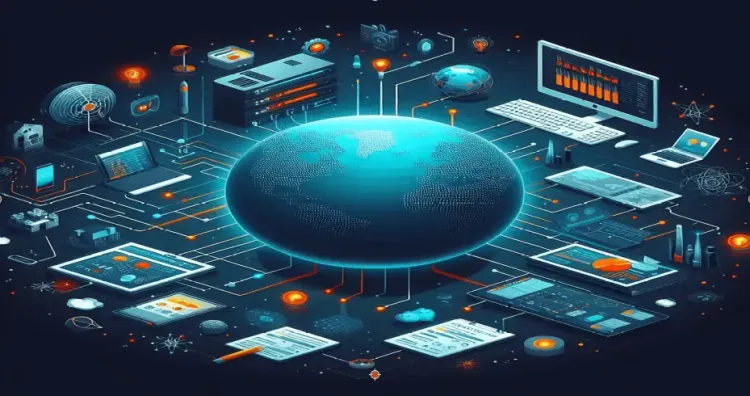“Introduction To Computer Networking” P1: Overview

Welcome to the 4-part series of introduction to networking! Click Me links to rest of the series.
Parts of Introduction To Computer Networking
1. The Melody of Connection: What is Computer Networking?
Computer networking is like a symphony, where each computer plays its part in harmony. It’s a dynamic field that connects numerous independent computers, facilitating the seamless exchange of information and resources. Whether wired or wireless, this connection forms a robust network, with both hardware and software playing pivotal roles.
The network is a bustling city of nodes, including servers, networking hardware, personal computers, and other hosts. Each node has a unique identity, recognized using host names, network addresses, and MAC (Media Access Control) addresses for lower-level services.
2. The Rhythm of Functionality: What Do Computer Networks Do?
Computer networks are the backbone of modern digital communication. Once limited to data transmission over telephone lines, they now find use in a myriad of places. They operate virtually, integrate on a large scale, respond swiftly to changing conditions, and provide robust data security.
3. The Harmony of Characteristics: What Makes a Good Network?
A good network is like a well-oiled machine. Its performance, measured in transmit time and response time, depends on various factors, including the number of users and the type of medium & hardware used. It’s reliable, quickly recovering from failures, and robust in the face of catastrophe. And let’s not forget security - a good network safeguards data from unauthorized access and damage, and has policies in place for recovery from breaches and data loss.
4. The Crescendo of Goals: What are the Goals of Computer Networking?
The goals of computer networking are as diverse as they are important. It allows for resource and load sharing, reducing costs as multiple machines can share peripherals. It ensures reliability, with backup machines ready to take over in case of failure. It’s scalable, making it easy to add more processors or computers. It facilitates communication and mail, allowing people living apart to work together. It provides access to remote information, the internet, e-mail, video conferencing, and online shopping. And let’s not forget entertainment and social networking - from interactive games and videos to social media, computer networks make it all possible!
So, are you ready to explore the fascinating world of Computer Networking? Stay tuned to get started on this exciting journey! 🚀


